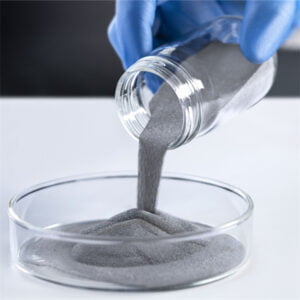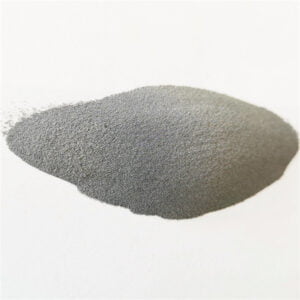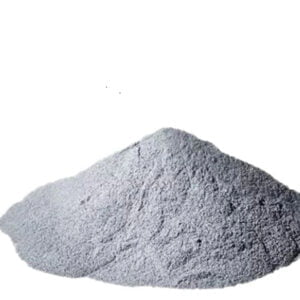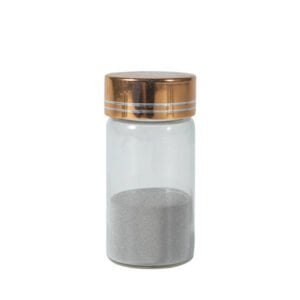3D Printing Metals for Orthopedic Implants Application
Table of Contents
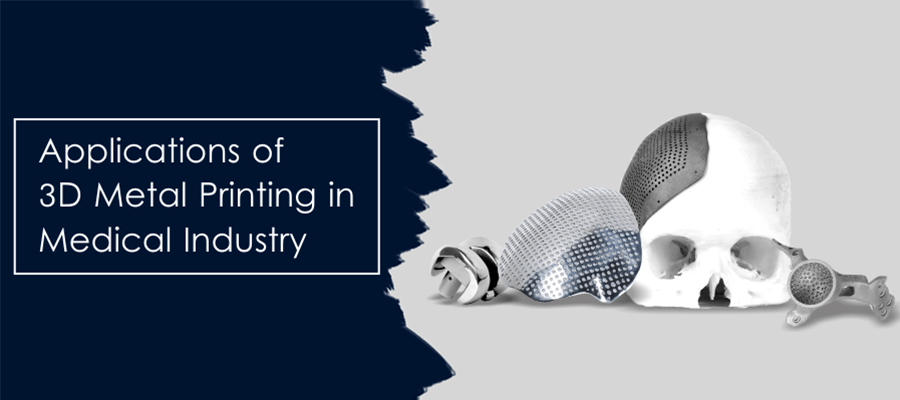
3D Printing Metals for Orthopedic Implants Application Introduction
3D printing has revolutionized various industries, and the medical field is no exception. In the realm of orthopedics, 3D printing has opened up new possibilities for the creation of custom-made implants that offer a more precise fit and better patient outcomes. This blog post will explore the use of 3D Printing Metals for Orthopedic Implants Application. We will discuss the current state of the industry, recent developments, commonly used metal powders, and supplier information.
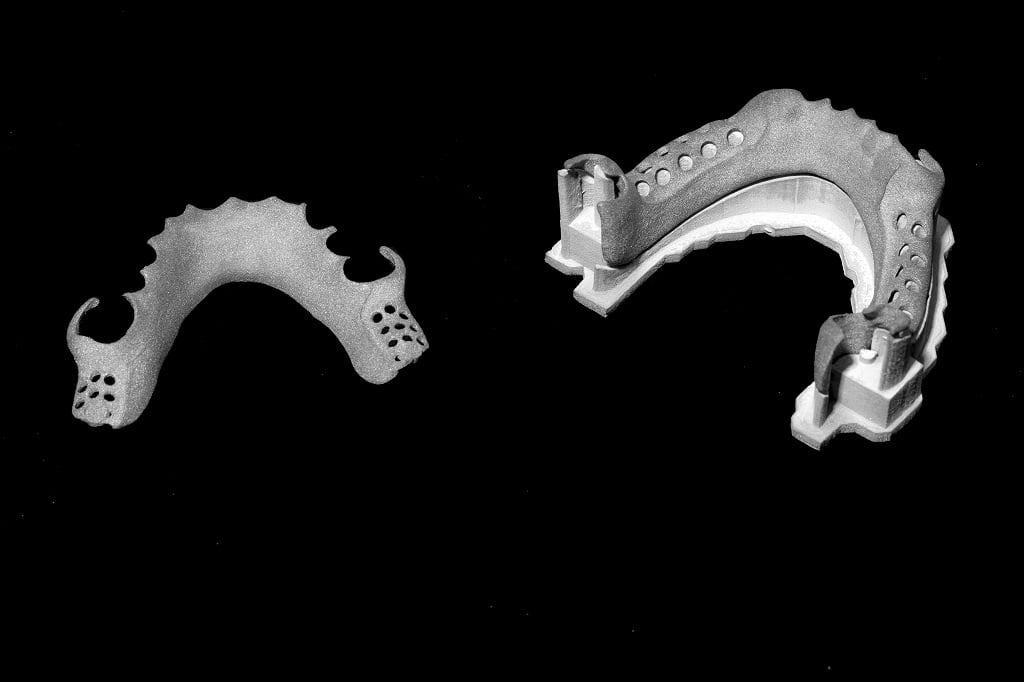
The Current State of 3D Printing Metals for Orthopedic Implants Application
The use of 3D printed metal implants in orthopedics is a rapidly growing field. In 2020, the global market for 3D printed orthopedic implants was valued at $1.2 billion, and it is projected to reach $4.5 billion by 2028. This growth is being driven by a number of factors, including:
- The increasing demand for personalized implants: Traditional implants are often off-the-shelf products that do not perfectly match the patient’s anatomy. This can lead to complications such as implant loosening, pain, and infection. 3D printed implants can be customized to the patient’s specific needs, which can improve the fit and reduce the risk of complications.
- The growing availability of 3D printing technology: 3D printing technology has become more affordable and accessible in recent years. This has made it possible for more hospitals and medical device companies to adopt the technology for the production of implants.
- The increasing number of clinical trials: There is a growing body of clinical evidence that supports the use of 3D printed metal implants in orthopedics. Clinical trials have shown that 3D printed implants can offer better outcomes than traditional implants in terms of patient satisfaction, implant longevity, and reduced risk of complications.
Recent Developments in 3D Printed Metal Implants
There are a number of recent developments in the field of 3D printed metal implants. Some of the most notable developments include:
- The development of new 3D printing technologies: New 3D printing technologies are being developed that offer improved accuracy, speed, and material properties. This is leading to the development of new and improved 3D printed implants.
- The development of new biomaterials: New biomaterials are being developed that are specifically designed for 3D printing. These biomaterials offer improved biocompatibility, osseointegration, and durability.
- The development of new software and design tools: New software and design tools are being developed that make it easier to design and manufacture 3D printed implants. These tools are helping to improve the accuracy and efficiency of the 3D printing process.
Commonly Used Metal Powders for 3D Printed Implants
The most commonly used metal powders for 3D printed implants are:
- Titanium alloys: Titanium alloys are the most commonly used metal powders for 3D printed implants due to their excellent biocompatibility, strength, and corrosion resistance. Some commonly used titanium alloy powders include Ti6Al4V, Ti5Al2.5Sn, and Ti6Al7Nb.
- Cobalt-chromium alloys: Cobalt-chromium alloys are another commonly used metal powder for 3D printed implants. They offer high strength, wear resistance, and corrosion resistance. Some commonly used cobalt-chromium alloy powders include CoCrMo and CoCrWNi.
- Stainless steel: Stainless steel is a cost-effective option for 3D printed implants. It offers good biocompatibility, strength, and corrosion resistance. Some commonly used stainless steel powders include 316L and 22Cr13Ni5Mo.
-
 Ti45Nb Powder for Additive Manufacturing
Ti45Nb Powder for Additive Manufacturing -
 TiNb Alloy Powder
TiNb Alloy Powder -
 TiNbZrSn Alloy Powder
TiNbZrSn Alloy Powder -
 Ti6Al4V Powder Titanium Based Metal Powder for Additive Manufacturing
Ti6Al4V Powder Titanium Based Metal Powder for Additive Manufacturing -
 CPTi Powder
CPTi Powder -
 TC18 Powder : Unlocking the Power of Titanium Carbide
TC18 Powder : Unlocking the Power of Titanium Carbide -
 TC11 Powder : A Comprehensive Guide
TC11 Powder : A Comprehensive Guide -
 TC4 ELI Powder
TC4 ELI Powder -
 Best Ti-6Al-4V powder (TC4 Powder)for additive manufacturing
Best Ti-6Al-4V powder (TC4 Powder)for additive manufacturing
Suppliers of Metal Powders for 3D Printed Implants
There are a number of suppliers of metal powders for 3D printed implants. Some of the most notable suppliers include:
- MET3DP: Met3DP manufactures a wide range of high-quality metal powders optimized for laser and electron beam powder bed fusion. Its portfolio includes innovative alloys such as TiNi, TiTa, TiAl, TiNbZr, CoCrMo, stainless steels, superalloys, and more.
- Arcam: Arcam is a leading supplier of titanium alloy powders for 3D printing.
- Materion: Materion is a leading supplier of metal powders for 3D printing, including titanium alloys, cobalt-chromium alloys, and stainless steel.
- Höganäs: Höganäs is a leading supplier of metal powders for 3D printing, including stainless steel.
- LPW Technology: LPW Technology is a leading supplier of metal powders for 3D printing, including titanium alloys and cobalt-chromium alloys.
Advantages of 3D Printed Metal Implants
3D printed metal implants offer a number of advantages over traditional implants, including:
- Improved fit and accuracy: 3D printed implants can be customized to the patient’s specific anatomy, which can improve the fit and reduce the risk of complications.
- Reduced risk of infection: 3D printed implants can be manufactured in a sterile environment, which can reduce the risk of infection.
- Faster healing time: 3D printed implants can promote bone growth and healing, which can lead to faster healing times.
- Reduced cost: 3D printed implants can be manufactured more cost-effectively than traditional implants, which can make them more affordable for patients.
Case Studies
There are a number of case studies that demonstrate the benefits of 3D printed metal implants in orthopedics. For example, a study published in the journal Nature Medicine reported that 3D printed titanium alloy implants were used to successfully treat patients with severe spinal deformities. The implants were customized to the patients’ specific anatomy and were able to correct the deformities without the need for major surgery.
Another study, published in the journal The Lancet, reported that 3D printed cobalt-chromium alloy implants were used to successfully treat patients with hip fractures. The implants were able to restore the patients’ mobility and quality of life.
Conclusion
3D printing is a rapidly growing technology with the potential to revolutionize the medical field. In the realm of orthopedics, 3D printed metal implants offer a number of advantages over traditional implants, including improved fit and accuracy, reduced risk of infection, faster healing time, and reduced cost. As the technology continues to develop, 3D printed metal implants are expected to play an increasingly important role in the treatment of orthopedic conditions.
References
- 3D Printing of Metals for Biomedical Applications: https://www.ncbi.nlm.nih.gov/pmc/articles/PMC7061633/
- 3D Printing Metal Implants in Orthopedic Surgery: Methods, Applications and Future Prospects: https://www.ncbi.nlm.nih.gov/pmc/articles/PMC10480061/
- Recent Advances in 3D Printing of Biodegradable Metals for Orthopaedic Applications: https://pubmed.ncbi.nlm.nih.gov/37644461/
Share On
MET3DP Technology Co., LTD is a leading provider of additive manufacturing solutions headquartered in Qingdao, China. Our company specializes in 3D printing equipment and high-performance metal powders for industrial applications.
Inquiry to get best price and customized Solution for your business!
Related Articles
About Met3DP
Recent Update
Our Product
CONTACT US
Any questions? Send us message now! We’ll serve your request with a whole team after receiving your message.

Metal Powders for 3D Printing and Additive Manufacturing
COMPANY
PRODUCT
cONTACT INFO
- Qingdao City, Shandong, China
- [email protected]
- [email protected]
- +86 19116340731









